Humanity’s Destruction of Wildlife
"It's not whether animals will survive; it's whether man has the will to save them"
-Anthony Douglas Williams (Author, Animal Rights Activist)
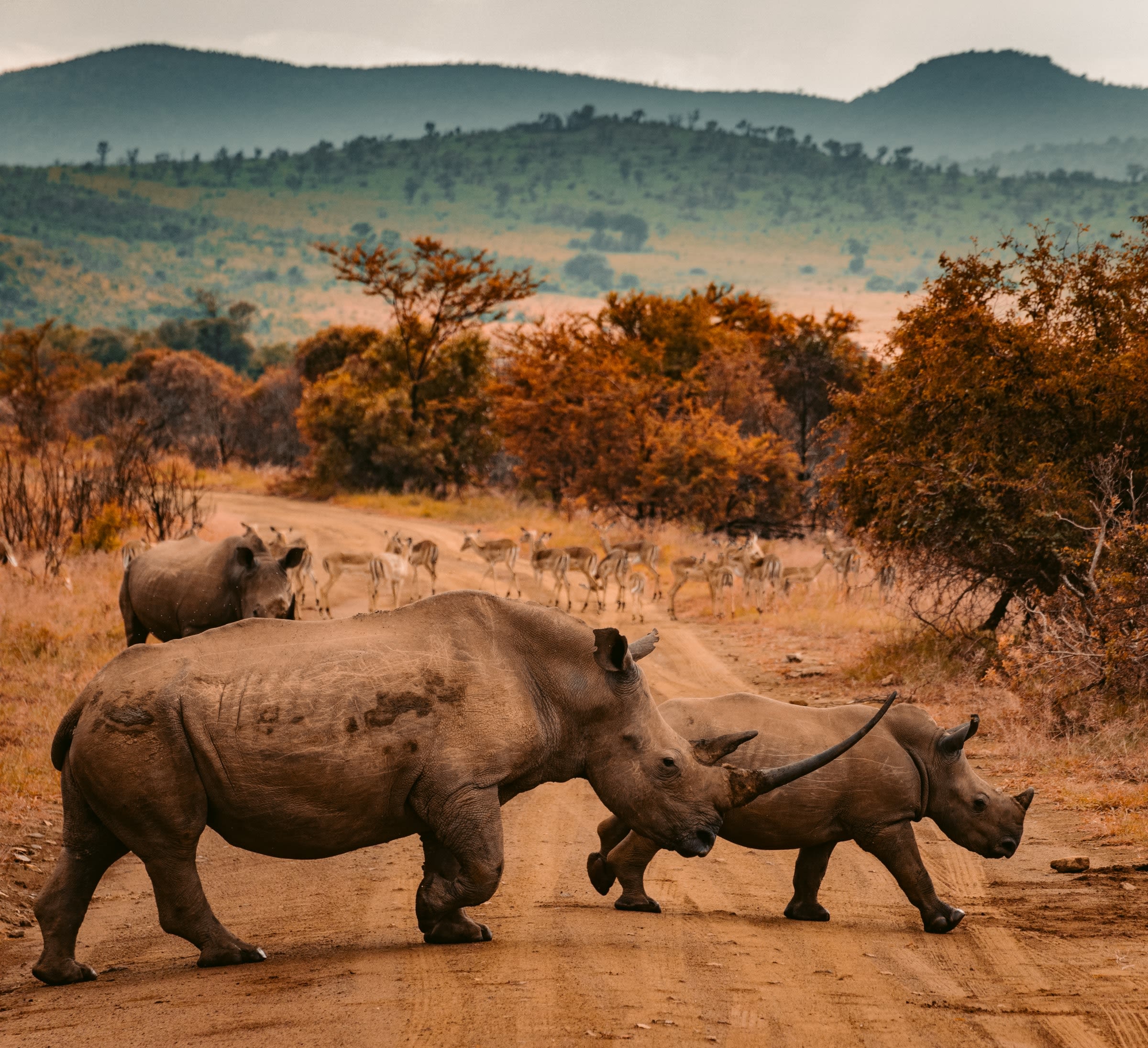
Wildlife refers to all flora and fauna. Not just undomesticated species that grow or live in the wild without being introduced by humans.[1]
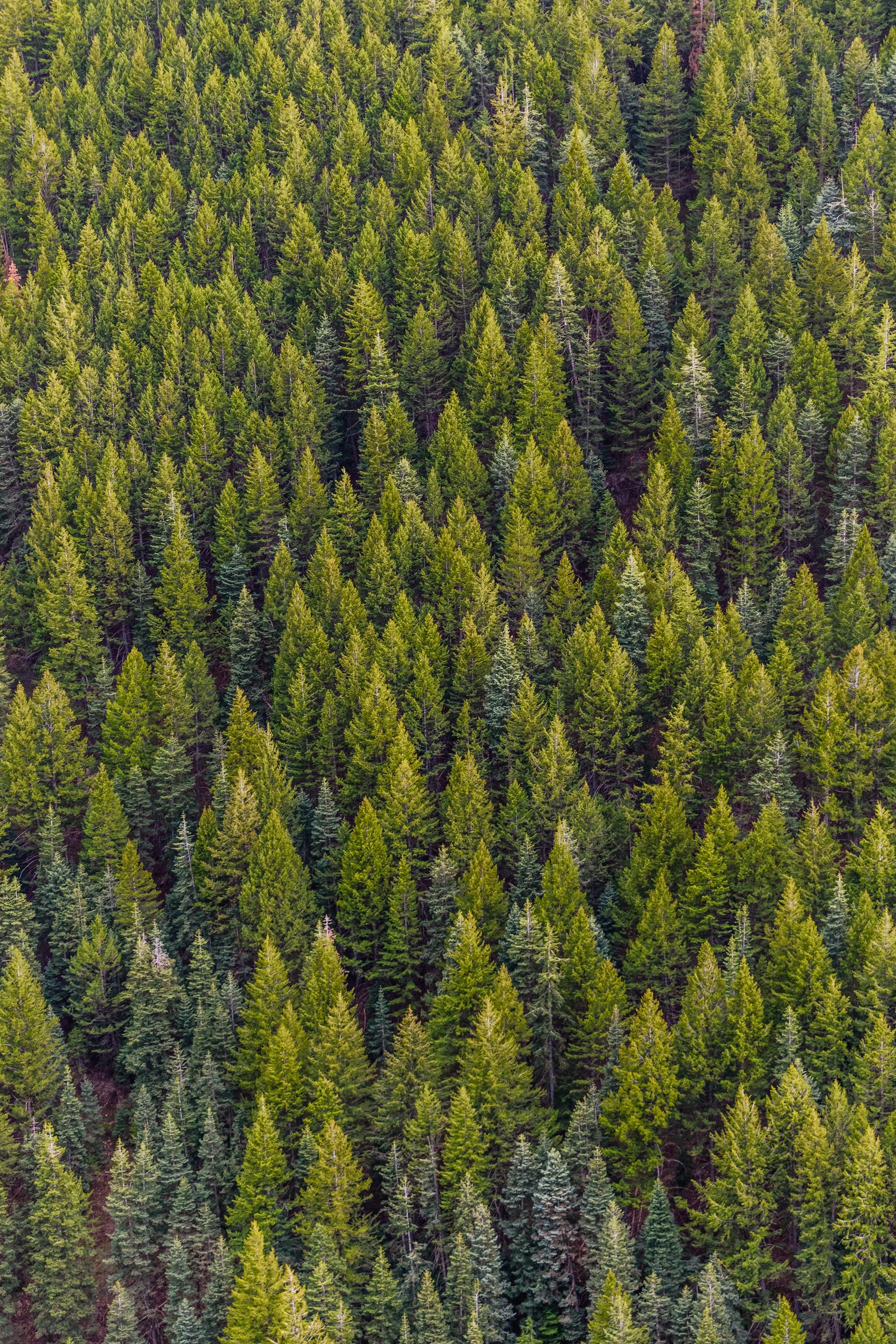
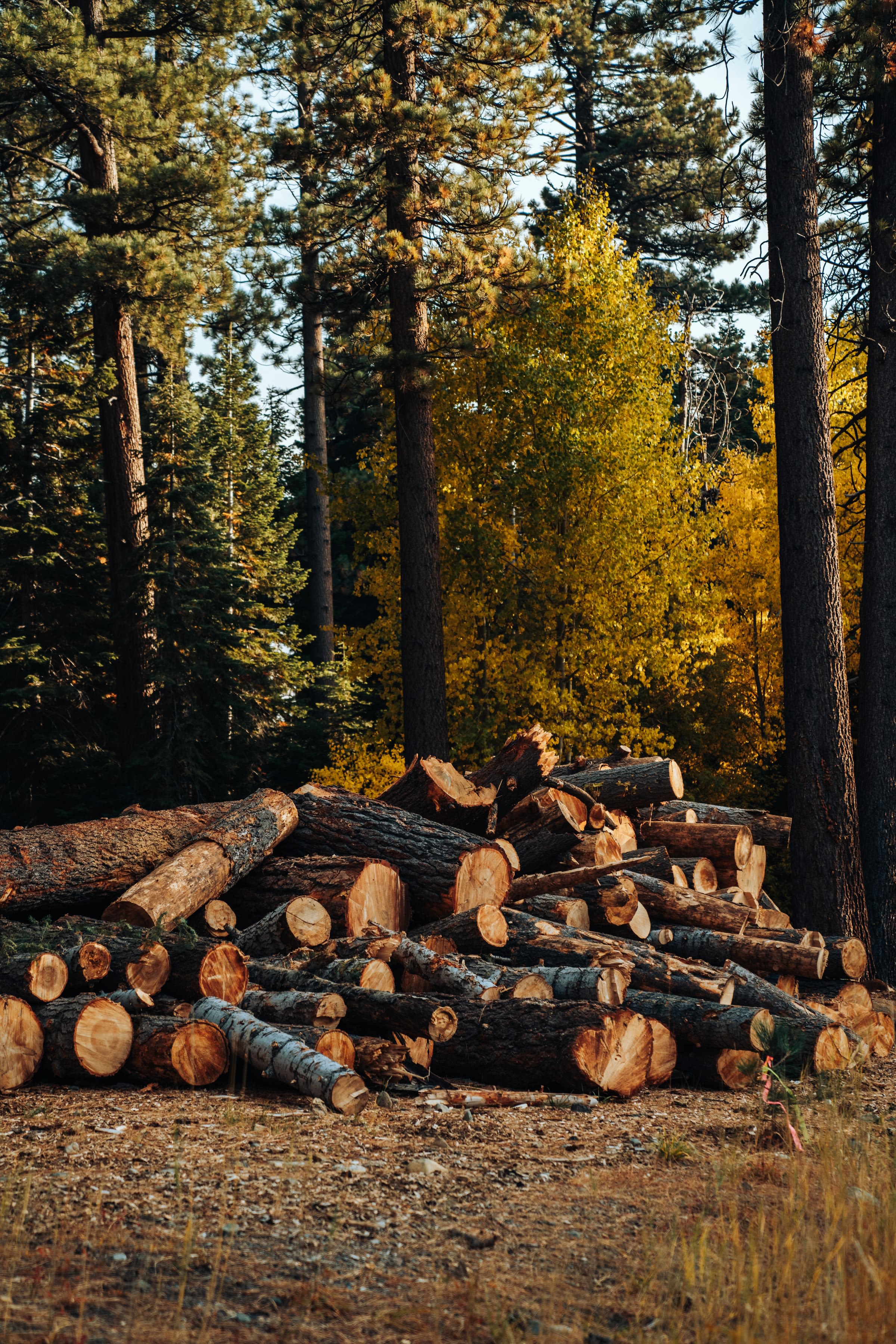
Due to human activities, ~1 Million species of plants and animals could go extinct in the next few decades.[4]
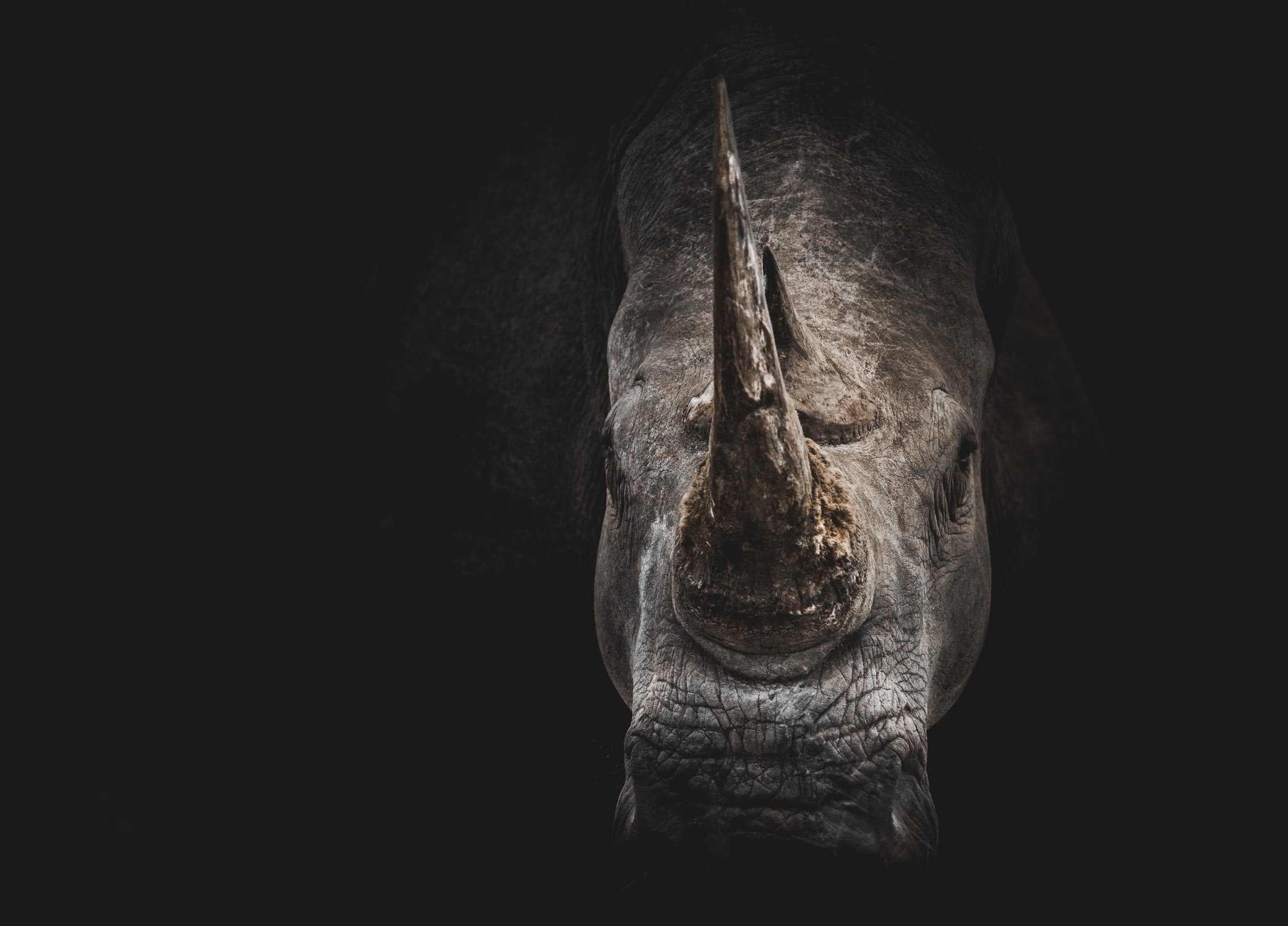
Decline in Global Biodiversity
Forests and Jungles which are the hotspots of thriving ecological systems are disappearing at the rate of
one football pitch every six seconds.
Taking a look at the number of species added to the endangered list each year, we can see that 1994 had the highest number of species being added.
Each of these species were added as a direct result of various human activities.
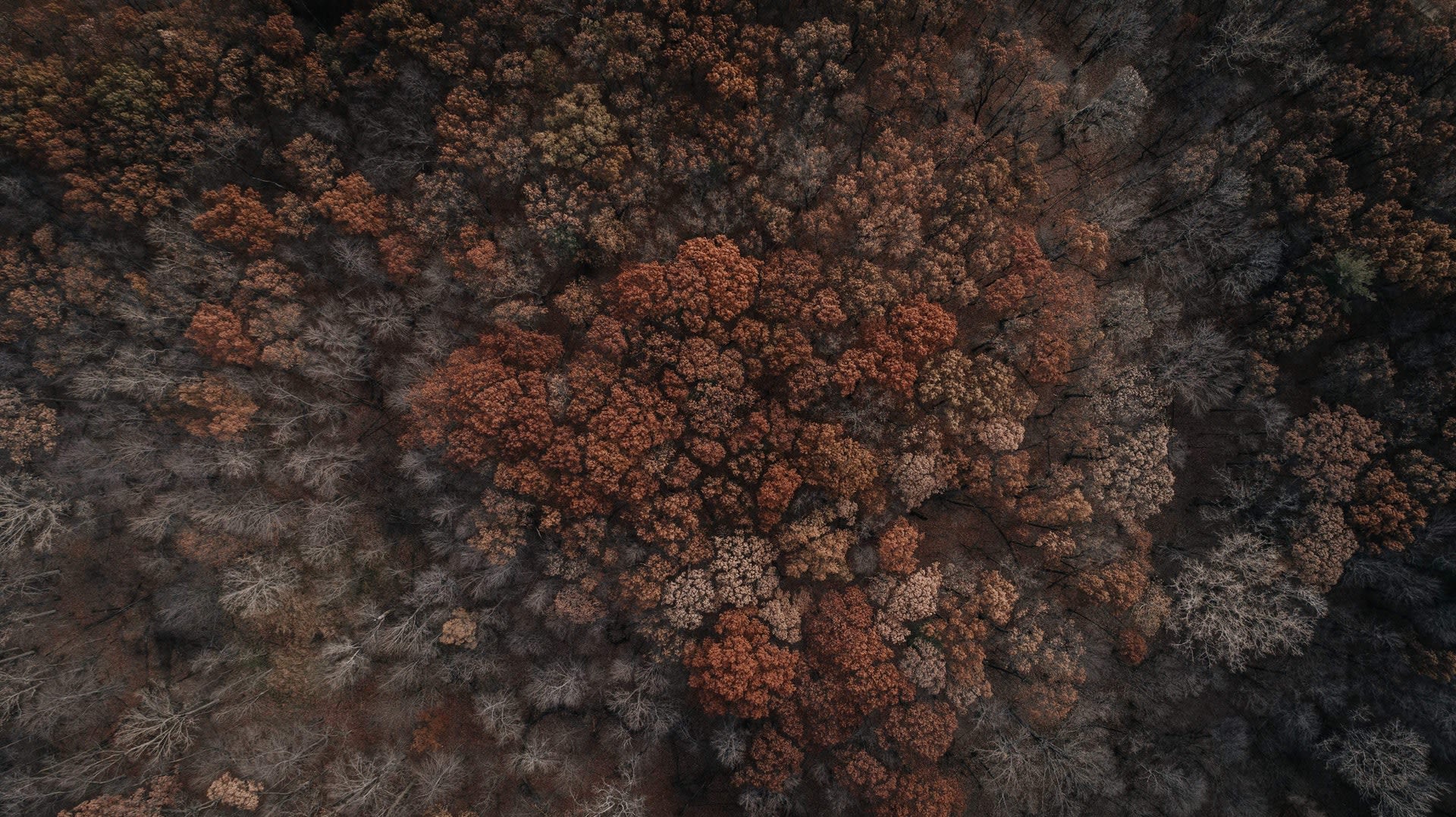

Photo by Anne Nygård on Unsplash
Photo by Anne Nygård on Unsplash
The Living Planet Index
The condition of the world’s biodiversity as measured by the trends in population of vertebrate species from terrestrial, freshwater and marine habitats is called the Living Planet Index. [5]
68% decline in average population abundance has been noted since 1970.
Species Extinction
Extinction refers to the extermination of species. [6]
There have been a total of five mass extinctions since the creation of the earth, all of which were caused by natural phenomenon.
It is commonly believed that are we are currently enduring the sixth mass extinction.
This time, it is caused purely by anthropogenic factors.
About 80% of the threatened species are affected by more than once cause.[7]

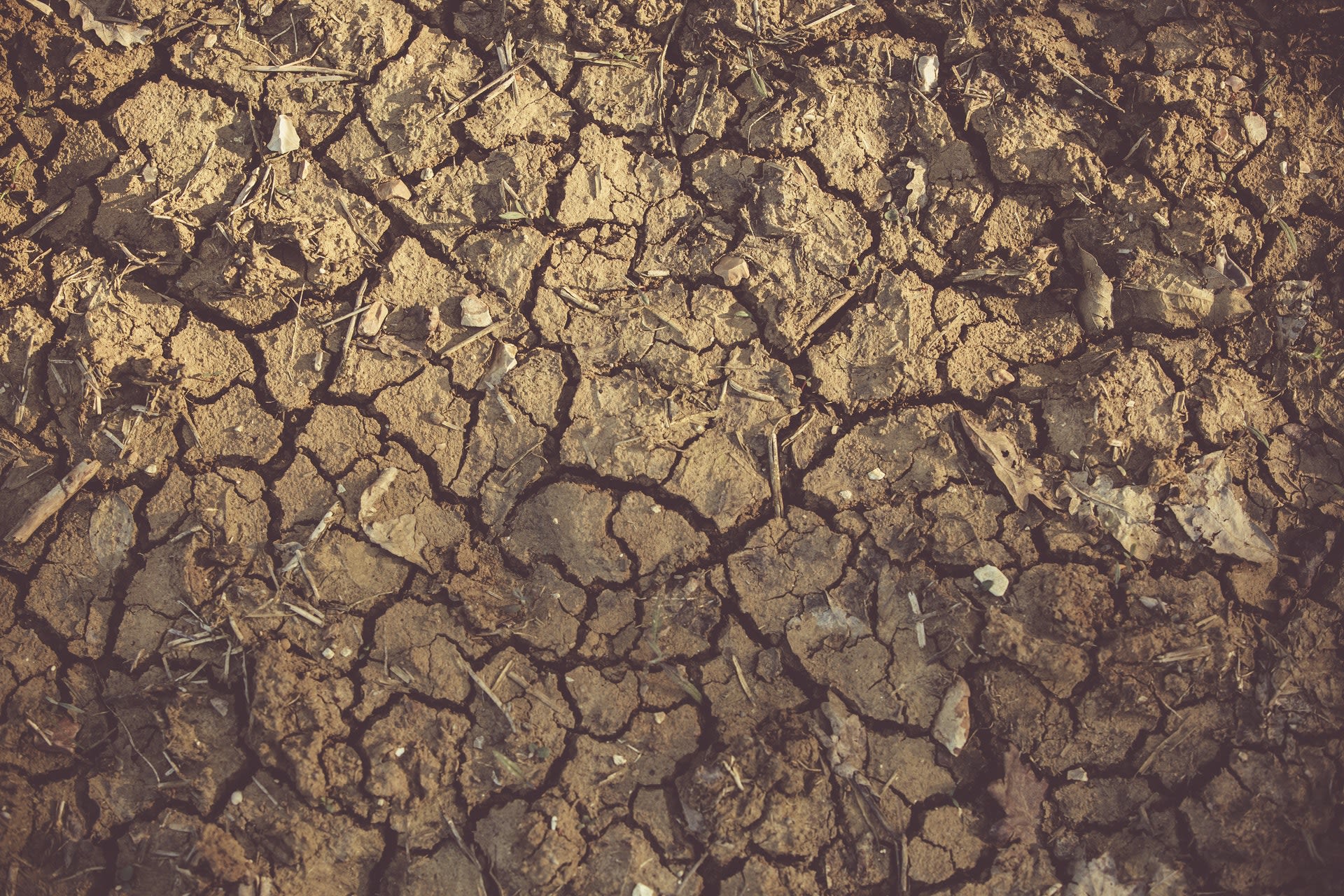

The effects of human beings on extinction can be re-emphasized as shown here
With humans being a major factor in the extinctions, the responsibility of protecting the wildlife should also be shouldered by them.
Various organizations around the globe are fighting to protect various species. The most famous among them is the 'World Wide Fund for Nature', commonly called WWF.
The pictogram below shows the annual expenditure of the WWF through the years.


Why is it important to us? What can we do to help?
With the current rates of deforestation, all the rainforests on Earth will be destroyed in 100 years and in a span of two generations, 5 percent Earth’s species could be lost.
In the bigger picture, humans will not be mere spectators and enablers of destruction, but in time, will also turn victims.
There is a 1 in 500 chance that the human race can go extinct in the next 1 year. This is twenty times more likely than dying in a road accident.[8]
Avoiding this catastrophe will take more than few organizations working together. It will need initiatives taken at a local level to make a global change.
Here are a few steps all of us can take at a community level to help save wildlife:
1. Plant native species of flowers, trees, and bushes in backyards. [9]
2. Protect the areas where animals live. Either by volunteering or by making surrounding areas more habitable.
3. Make windows more bird-friendly by adding decals, etc. [10]
Here are a few organizations we can work with / donate to:
Other organizations include:
The Wildlife Conservation Society (WCS), International Union for Conservation of Nature (IUCN), The Jane Goodall Institute
The time is now because the window of opportunity is rapidly closing!
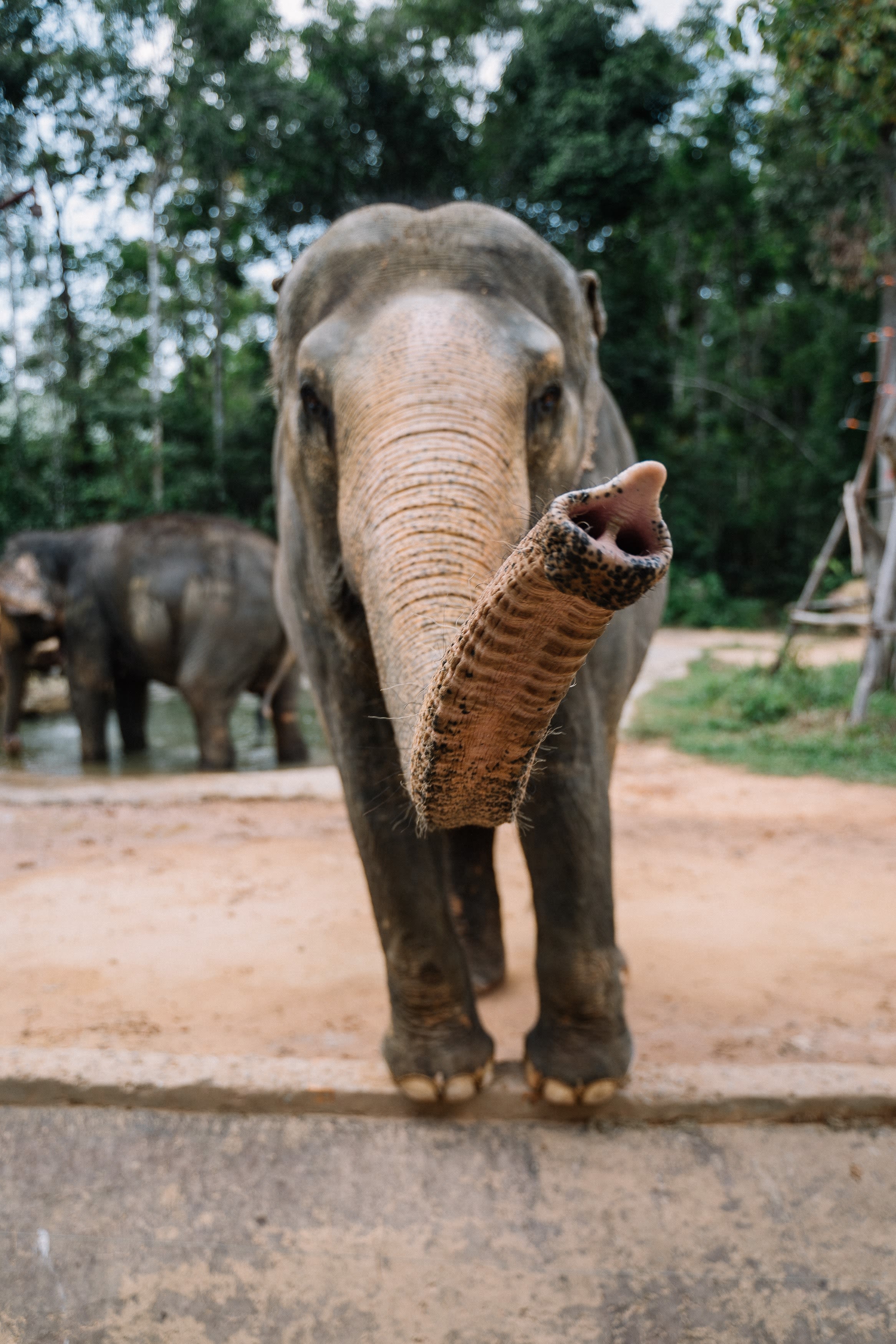
Photo by Anna Tarazevich from Pexels
Photo by Anna Tarazevich from Pexels

Photo by Serkan Bayraktar from Pexels
Photo by Serkan Bayraktar from Pexels

Photo by Shane Rounce on Unsplash
Photo by Shane Rounce on Unsplash
Resources
[1][3][4] Wildlife. (2022, February 04). Retrieved February 27, 2022, from https://en.wikipedia.org/wiki/Wildlife
[2]Ritchie, H. (2021, February 09). The world has lost one-third of its forest, but an end of deforestation is possible. Retrieved February 27, 2022, from https://ourworldindata.org/world-lost-one-third-forests#:~:text=The%20world%20has%20lost%20one%2Dthird%20of%20its%20forest%20%E2%80%93%20an,period%2C%20until%205%2C000%20years%20ago.
[5] (n.d.). Retrieved February 27, 2022, from https://www.livingplanetindex.org/home/index
[6] Extinction. (2022, February 25). Retrieved February 27, 2022, from https://en.wikipedia.org/wiki/Extinction#Modern_extinctions
[7] Ritchie, H., & Roser, M. (2021, April 15). Threats to wildlife. Retrieved February 27, 2022, from https://ourworldindata.org/threats-to-wildlife#what-are-the-largest-threats-to-wildlife
[8] Our Sixth mass extinction. (2019, October 10). Retrieved February 27, 2022, from https://www.sciencebuzz.com/our-sixth-mass-extinction/
[9][10] What you can do for wildlife. (n.d.). Retrieved February 27, 2022, from https://awionline.org/content/what-you-can-do-wildlife#:~:text=One%20of%20the%20easiest%20and,and%20taking%20out%20old%20fences
